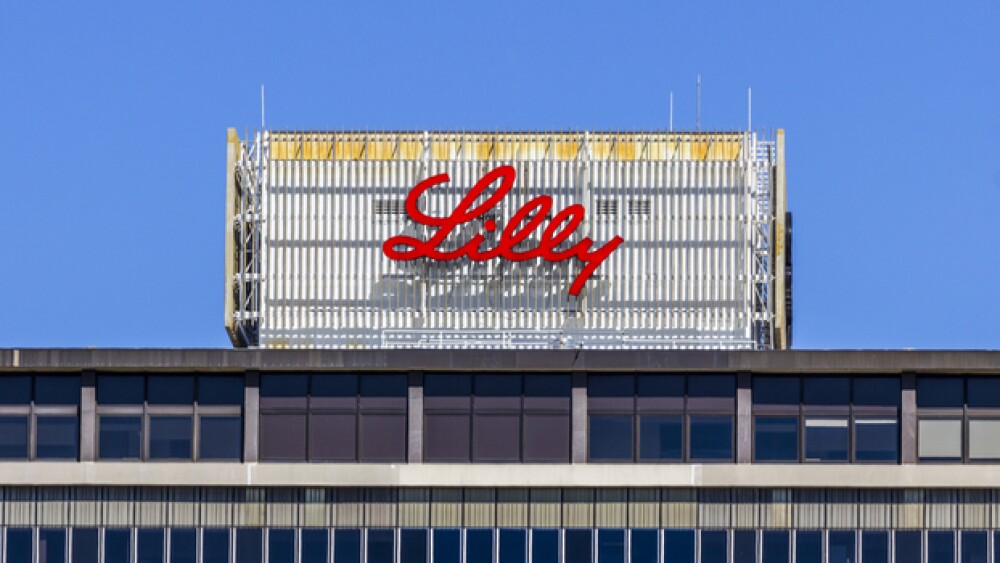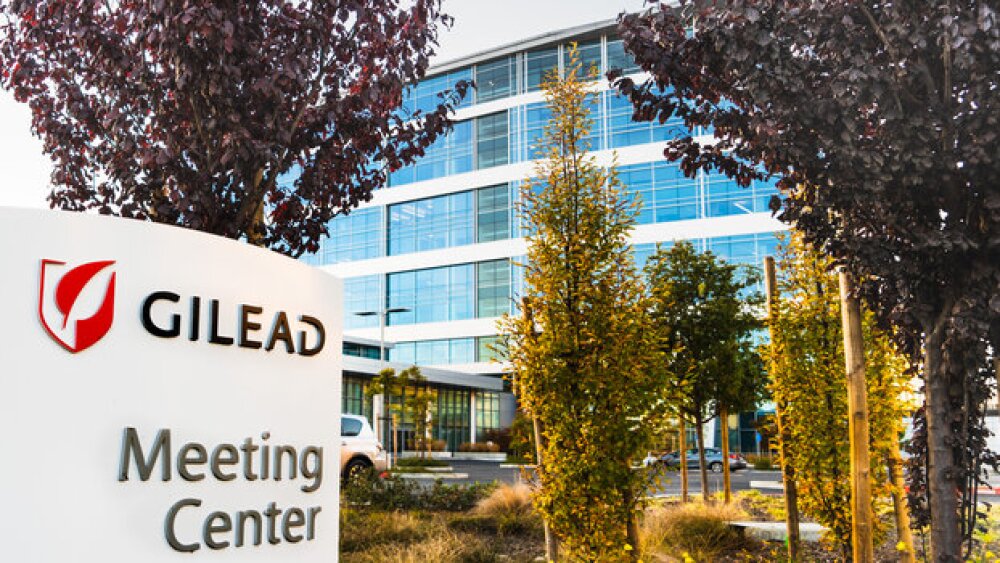In what is likely a preemptive move to avoid government action on insulin prices, Eli Lilly announced it will start selling an “authorized generic” version of Humalog 100 at about 50 percent off the list prices.
Jonathan Weiss / Shutterstock.com
In what is likely a preemptive move to avoid government action on insulin prices, Eli Lilly and Company announced it will start selling an “authorized generic” version of Humalog 100 at about 50 percent off the list prices. The price will be $137.35 per vial. Diabetes patients typically use two vials per month.
The new product will be branded Insulin Lispro and sold through ImClone Systems, a Lilly subsidiary.
“There are clearly patients who, despite many best efforts, are struggling to afford their insulin,” David Ricks, Lilly’s chief executive officer, told The New York Times. “This is a step we can take to close part of that remaining gap.”
Congress has held several committee hearings in the last month to address high drug prices. Many of the hearings have focused on the high price of insulin. With the 2020 presidential election now in full swing, drug pricing has become—again—a hot-button issue.
According to a recent study, the annual cost of insulin for a type 1 diabetes patient in the U.S. has almost doubled from $2,864 in 2012 to $5,705 in 2016.
In January, Representative Elijah Cummings (D-MD), chair of the House Oversight Committee, sent a letter to a dozen pharmaceutical companies requesting detailed information on their pricing practices. In particular, Cummings focused on drugs those costs have risen the most in the last five years. Several of those were for diabetes.
Lilly will also continue to sell Humalog at its regular price, as, The New York Times reports, to insurers and employers who want to “keep pocketing the large discounts, or rebates, they receive for purchasing brand-name drugs, while also making available a cheaper version to patients who pay for their insulin out of pocket.”
A recent hearing by the U.S. Senate Finance Committee questioned seven top pharmaceutical executives on drug pricing. One of the responses all of the executives had over drug pricing was the role of Pharmacy Benefits Managers (PBMs) and drug rebates. Drug companies negotiate on drug pricing with PBMs. Rebates can be as high as 40 percent. The PBMs are expected to pass the savings along to their customers, although that does not always happen.
The patients using Lilly insulin products who can shift to the generic version who are most likely to benefit are those who have no health insurance. Patients whose Humalog is covered by insurers will probably see no change or a moderate decrease in their costs.
“This announcement is a great step forward to make insulin more affordable,” Derek Rapp, chief executive of JDRF, a diabetes advocacy group that is partially funded by Eli Lilly, told The New York Times. He went on to urge “all other insulin manufacturers to follow Eli Lilly in finding ways to bring down the price of this lifesaving drug.”
One of the reasons the hearings focus on insulin is the drug has been in existence since the 1920s. But the three companies that dominate the market, Eli Lilly, Novo Nordisk and Sanofi, have regularly increased list prices on insulin products over the last 10 years or so. To be fair, many of the products on the market for type 1 and type 2 diabetes, particularly type 2 diabetes, are not specifically insulin, but alternate products, such as GLP-1 agonists like AstraZeneca’s Byetta, Novo Nordisk’s Victoza and Ozempic, Sanofi’s Lyxumia, and Lilly’s Trulicity, which have only been approved in the last few years.
In February, the Senate Finance Committee addressed a letter to Lilly requesting information about how it set prices for insulin products, including Humalog. In part, the letter noted that taxpayers spend more than $1 billion annually for Humalog via Medicare and Medicaid. It added, “When one insulin product costs the taxpayer more than $1 billion in one year, the American people ought to know how the company prices its product.”
Interestingly, Lilly argues that the net price of Humalog has actually dropped by 8 percent over the past five years.





